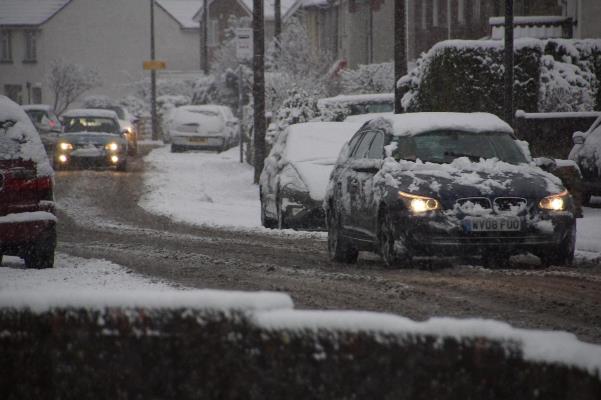 Winter prangs are costing motorists £150 million more compared to during the summer, with approximately 70,000* more accidents occurring according to the latest statistics.
Winter prangs are costing motorists £150 million more compared to during the summer, with approximately 70,000* more accidents occurring according to the latest statistics.
Frosty roads and rainy weather have been causing havoc for British motorists, who see a 15%* rise in accidents during the winter months from January-March when compared to the equivalent June-August summertime figure.
The research by accident aftercare specialist, Accident Exchange, also found that the rush to get home in the evenings coincided with a 5-6pm peak in accidents. The traditional rush hour meant at its height, numbers were up by 30%** against the average of any given hour during the day, as lower visibility and high congestion takes its toll.
Higher fatigue toward the end of the week will have likely played a part in making Friday the worst day of the week for motorists with 19% more accidents happening than on average during the week.
More specifically, Accident Exchange also found that the heaviest spike in accidents fell on the last Friday before the May Day bank holiday, with 75% more accidents than the average.
In 2017, that day falls on the 28th of April, which could see an increase in recorded accidents of approximately 10,500 versus 6,000 on a typical day.
Scott Hamilton-Cooper, operations director at Accident Exchange commented: “With a mixture of poor weather and visibility, additional congestion and inevitable fatigue toward the end of the week, it’s no surprise that the winter months experience this kind of surge in accidents.”
“With one of the coldest January’s on record already under our belts, motorists will have been even more prone to ice, slippery roads and fog which could easily see this number rise even further.”
The study examined 28,000 incidents recorded by Accident Exchange between January 2015 and December 2016.
* Data analysis of 28,000 accidents by Accident Exchange found 26.78% accidents occurred from January to March and 23.455% accidents from June to August, an increase of 14.18%. There are an estimated 2.2 million accidents annually across the UK. Total winter accidents can be worked out as 26.78% of 2.2 million equals 589,182, and the summertime equivalent is 23.455% of 2.2 million which equals 516,010.
The period from January to March therefore sees 73,172 more accidents annually than June to August. The average cost to repair a damaged vehicle is estimated at £2,050. Therefore, £2,050 x 73,172 equals £150,002,600 which is the additional cost of accidents during winter compared to summer.
**Compared to average accidents in any given hour between 10am – 6pm.
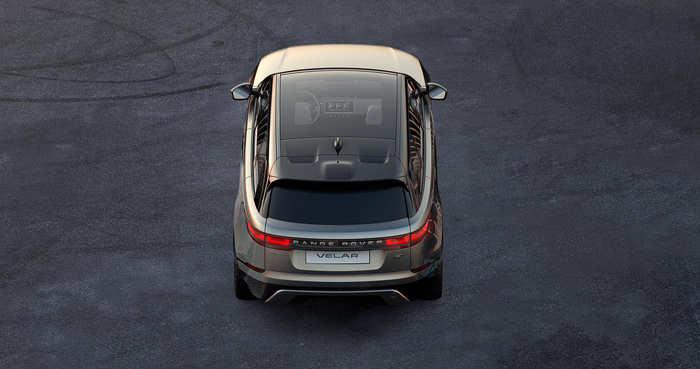 The luxury SUV was created in 1970 when Land Rover launched the original Range Rover. Almost half a century later that spirit of innovation continues with the introduction of the fourth member of the Range Rover family, to be unveiled on 1 March 2017.
The luxury SUV was created in 1970 when Land Rover launched the original Range Rover. Almost half a century later that spirit of innovation continues with the introduction of the fourth member of the Range Rover family, to be unveiled on 1 March 2017.
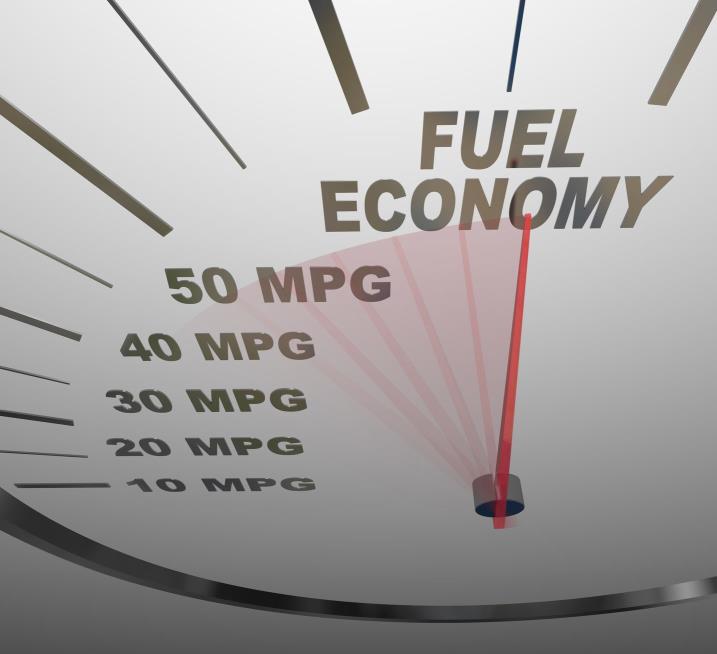 Road safety and breakdown recovery organisation GEM Motoring Assist has assembled a selection of easy-to-follow seven tips that will save you fuel as well as reduce your risk on the road.
Road safety and breakdown recovery organisation GEM Motoring Assist has assembled a selection of easy-to-follow seven tips that will save you fuel as well as reduce your risk on the road.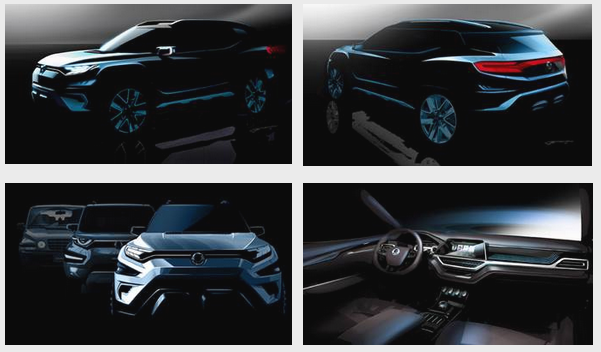 SsangYong Motor Company will unveil its XAVL SUV concept at the International Geneva Motor Show.
SsangYong Motor Company will unveil its XAVL SUV concept at the International Geneva Motor Show.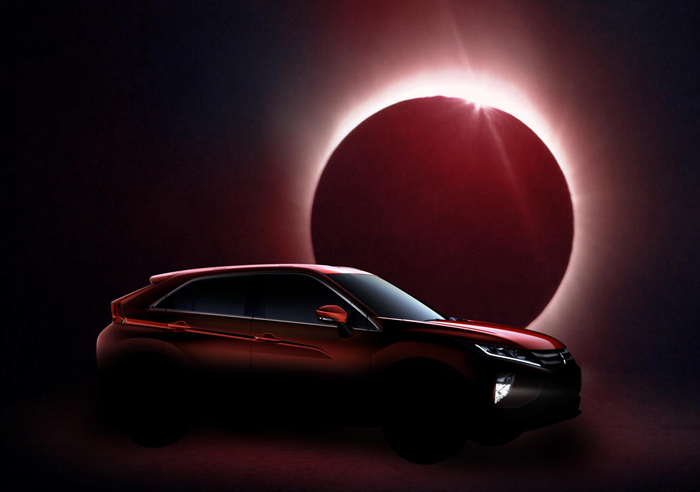 Mitsubishi Motors Corporation has named its all-new SUV “Mitsubishi Eclipse Cross”.
Mitsubishi Motors Corporation has named its all-new SUV “Mitsubishi Eclipse Cross”.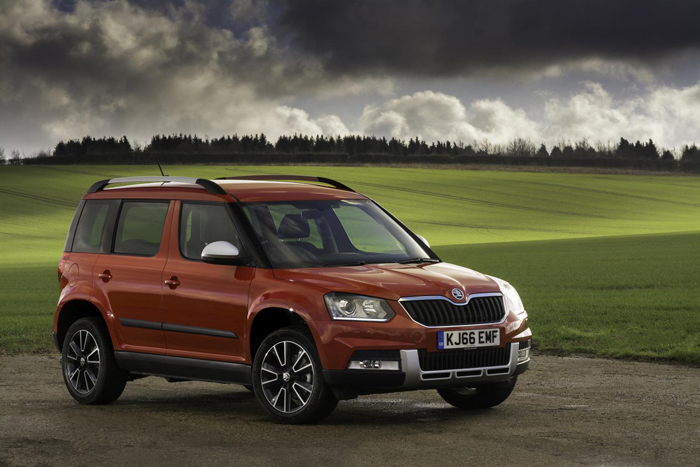 Revised in 2014 the ŠKODA Yeti SUV’s new exterior design, upgraded interior and enhanced specification levels mean the Yeti continues to charm UK buyers with its on-road performance, family orientated practicality and rugged styling.
Revised in 2014 the ŠKODA Yeti SUV’s new exterior design, upgraded interior and enhanced specification levels mean the Yeti continues to charm UK buyers with its on-road performance, family orientated practicality and rugged styling.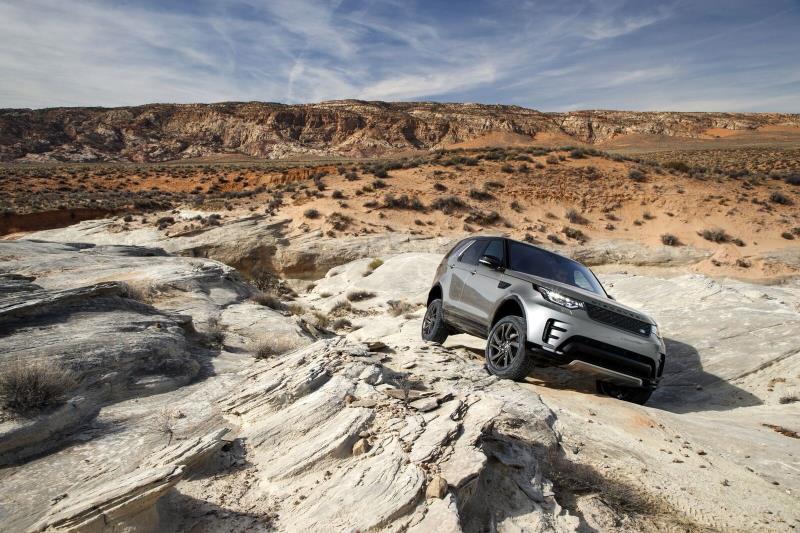 Land Rover’s new Discovery arrives in retailers this week giving customers the first opportunity to test the SUV on UK roads. Even before the fifth generation of the world-renowned and much loved Discovery reaches retailers, more than 4,000 have already been sold in the U.K. alone with more than 20,000 sold globally.
Land Rover’s new Discovery arrives in retailers this week giving customers the first opportunity to test the SUV on UK roads. Even before the fifth generation of the world-renowned and much loved Discovery reaches retailers, more than 4,000 have already been sold in the U.K. alone with more than 20,000 sold globally. New research has uncovered widely varying levels of honesty from drivers around the country when it comes to owning up to their loved one about accidental damage they have caused to their partners car.
New research has uncovered widely varying levels of honesty from drivers around the country when it comes to owning up to their loved one about accidental damage they have caused to their partners car. Winter prangs are costing motorists £150 million more compared to during the summer, with approximately 70,000* more accidents occurring according to the latest statistics.
Winter prangs are costing motorists £150 million more compared to during the summer, with approximately 70,000* more accidents occurring according to the latest statistics.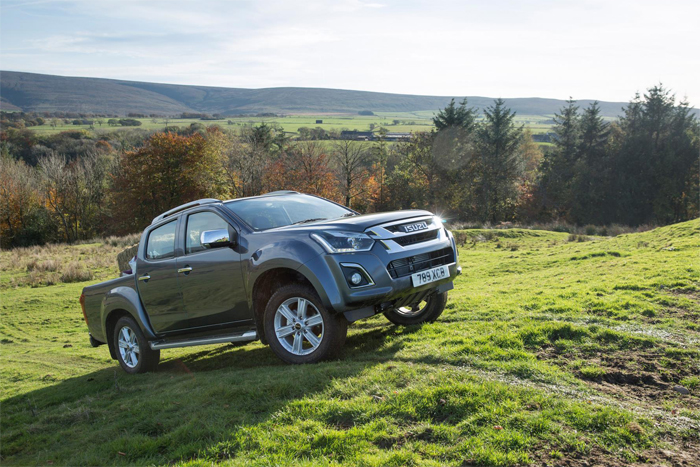 The new generation D-Max arrives in the UK this Spring, and customers can now register their interest in the new truck.
The new generation D-Max arrives in the UK this Spring, and customers can now register their interest in the new truck.